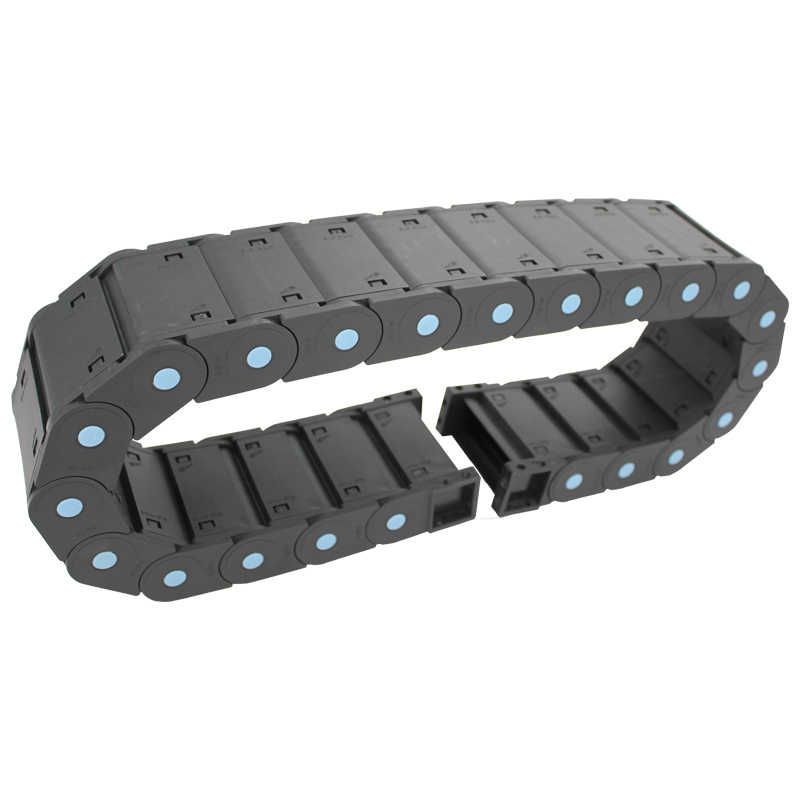Exploring the Benefits and Applications of Toothed Belt Drive Systems in Modern Machinery
Understanding Toothed Belt Drives An Essential Component in Modern Machinery
The toothed belt drive, also known as the timing belt drive, is a crucial mechanism used in various machines and automotive applications. Its design and function have made it a highly efficient choice for transferring power and maintaining synchronization between different components. This article explores the underlying principles, advantages, applications, and maintenance considerations of toothed belt drives.
What is a Toothed Belt Drive?
A toothed belt drive consists of a flexible loop of rubber or polymer material with teeth that engage with matching grooves on pulley wheels. This engagement allows the belt to transmit power without slipping, ensuring precise timing between rotating parts—hence the name timing belt. The teeth guide the belt, maintaining alignment and synchronization, which is particularly important in engines where valve timing is critical for performance.
Principles of Operation
The operation of a toothed belt drive is grounded in the principles of mechanical engineering. When one of the pulleys rotates, it drives the toothed belt, which in turn causes the connected pulley to rotate. This system can be used for various applications, including driving camshafts in internal combustion engines or synchronous motors in industrial equipment. The design of the teeth allows for efficient power transfer and minimizes energy loss, making it a preferred choice in many applications.
Advantages of Toothed Belt Drives
1. High Efficiency Toothed belts provide excellent efficiency with minimal energy loss due to their firm engagement with the pulleys. Unlike flat belts, which can slip, toothed belts maintain constant tension, leading to a more reliable power transfer.
2. No Lubrication Required Toothed belts operate without the need for lubrication, unlike chain drives, which require regular maintenance. This not only reduces maintenance costs but also minimizes the risk of contamination in automotive applications.
3. Noise Reduction Toothed belt drives operate quietly compared to chain drives and gear systems. This characteristic is particularly advantageous in settings where noise reduction is essential, such as in office machinery and certain automotive applications.
4. Compact Design The toothed belt drive system can be more compact than alternative systems, allowing for design flexibility in engineering applications. Manufacturers can integrate these drives into tight spaces without sacrificing performance.
toothed belt drive

5. Cost-Effective The materials used in toothed belts are typically less expensive compared to metal chains or gears. Additionally, the lower maintenance requirements further enhance their cost-effectiveness over the lifespan of the equipment.
Applications of Toothed Belt Drives
Toothed belt drives find applications across various industries due to their versatility and reliability.
- Automotive Industry In cars, toothed belts are used primarily to connect the crankshaft with the camshaft, ensuring that the engine's valves open and close at the right timing with respect to the piston movements. This is critical for engine efficiency and performance.
- Industrial Machinery Toothed belts power conveyors, printers, and other machinery where precise movement and synchronization are required. Their ability to handle varying loads and speeds makes them suitable for many manufacturing processes.
- Home Appliances Many household devices, such as washing machines and vacuum cleaners, utilize toothed belt drives for efficient power transmission, ensuring smooth operation and longevity.
Maintenance Considerations
While toothed belts are generally low maintenance, they are not completely maintenance-free. Regular inspections are essential to identify signs of wear, such as cracking or fraying. Over time, even high-quality belts can lose tension, which may lead to performance issues. Most manufacturers recommend replacing toothed belts at specific intervals to prevent failures that could lead to catastrophic engine damage or production downtime.
Conclusion
Toothed belt drives are integral to a wide range of applications, providing efficient, reliable, and cost-effective power transmission solutions. Their unique advantages over other types of drives—such as minimal maintenance, quiet operation, and effective synchronization—make them a preferred choice in both automotive and industrial applications. As technology continues to evolve, toothed belt drives will likely play an even more significant role in advancing machinery and equipment efficiency.








